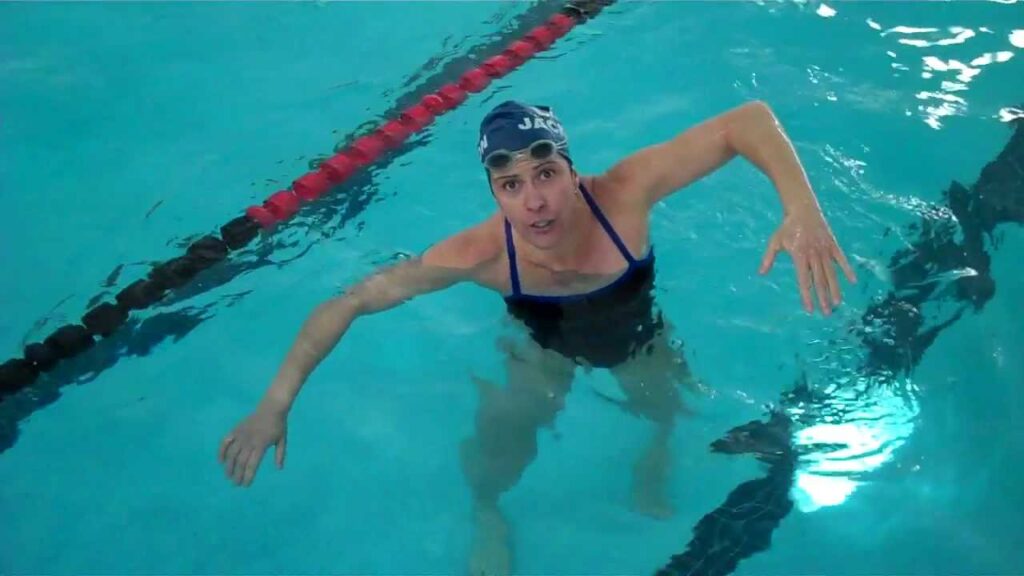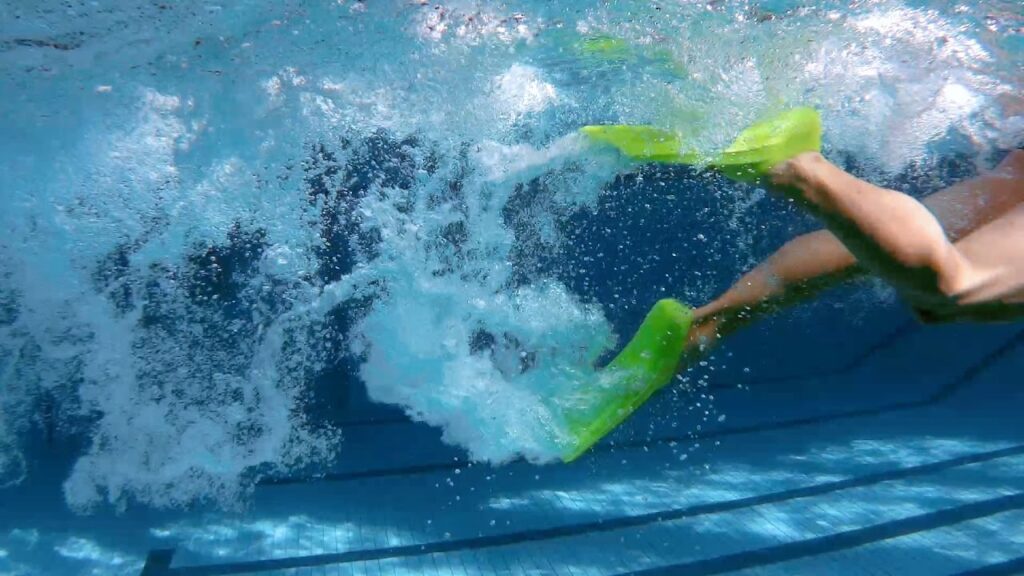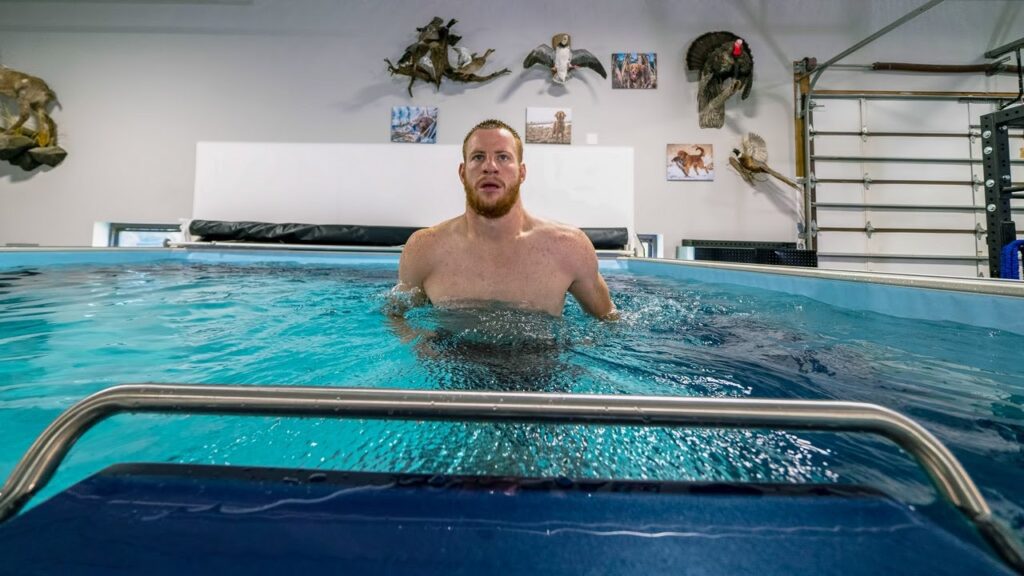Brick Fundraising is a popular way for nonprofits to raise funds for construction projects. The best way to ensure success is to partner with a brick engraving provider who specializes in fundraisers and understands your mission.
Engraved bricks are sold at various donation levels, allowing donors to be recognized and honored for their contributions. These memorials help create lasting memories and make a difference in our community.
Personalized Bricks
Engraved bricks are a great way to raise funds for a project. Not only are they a beautiful addition to any walkway, memorial, or commemorative structure, but they also give donors the opportunity to become a part of a community initiative. Engraved brick fundraisers have the potential to create an enduring legacy that will connect people for generations to come. They are a popular fundraising option for schools, universities, parks, and other charitable organizations.
When organizing a brick fundraiser, it is important to start by clarifying the project’s purpose and goals. Then, determine how much you need to raise and how many bricks you will need to sell. After establishing these details, you should set pricing for the engraved bricks and establish the customization options available.
Another important consideration when planning a brick fundraiser is timing. It is important to plan your campaign around a time when you will have the most supporters. For example, if your organization is made up mostly of high school and college students, you should plan to hold the fundraiser in the fall or winter. This will ensure that your most active members are able to participate and will help to generate a sense of urgency and engagement amongst your constituents.
Once your organization has decided on a timeline for the bricks, it is important to communicate this to your supporters. This will ensure that they have enough time to submit their orders before the deadline. It will also give them a chance to spread the word about the campaign to their friends and family, which will increase your donation numbers.
The best way to advertise your brick fundraising program is through an email campaign. Make sure to include all relevant information and an order form on your website. Then, send out emails to your supporters and social media followers and encourage them to share the information about your project with their networks.
Another way to boost revenue from your engraved brick fundraiser is to offer donors an exact replica of the brick they will receive. This can be a nice memento to take home or display at work.
Engraved Tiles
Engraved tiles can be a great way to highlight an individual, group or event and can be used on a variety of surfaces. They can be used for fundraising, recognition and memorials. Engraved tiles are durable, low-absorption, and resistant to soiling. They can be installed indoors or outdoors. Adding detailed artwork or a photo to your tile makes it unique and personal.
A brick and tile program can help raise funds for new aquatic play equipment, maintenance of existing equipment or to supplement your annual operating budget. It can also increase donor recognition and support community relations. Engraved bricks and tiles can be displayed on a commemorative wall located inside or outside of your aquatic center.
Whether your facility is a brand-new waterpark or an established community center, it’s important to connect with the community and build a strong foundation for long-term success. One way to do this is by hosting charity events. These events give your guests the opportunity to support a cause that is close to their hearts and will also attract new guests.
Aquatic centers can also host community outreach programs that promote a healthy lifestyle and teach life-saving skills. These programs can be as simple as offering free swim days to local children or providing water safety lessons for immigrant families.
Whether you need to enhance operational capacity, improve air quality or lower energy usage, there are grant opportunities available that can provide the funding you need to make these improvements. Grants are often provided by municipal, state and federal government agencies, private foundations and corporations. Many of these grants are targeted toward specific projects and can be found by searching for “grants for outdoor space initiatives,” “funding for parks and public spaces” or “community building funds/grants.” Once you find the right grant for your project, you’ll need to write a compelling proposal that includes a detailed plan, project costs and timeline.
Brick Walls
Brick walls add a touch of warmth and texture to any room. They can be painted, distressed or faux to complement or contrast with other elements in the room. This type of wall is durable and long lasting, and can be very energy efficient when used with insulation.
Clay brick is a natural material that resists mold, mildew and rot. It is also resistant to pests such as termites, ants and rodents. In addition, brick is non-corrosive and does not leach chemicals or micro particles into the environment. This makes it an ideal building material for aquatic centers and other public buildings that require a durable and safe surface for visitors.
Unlike wood and vinyl, brick walls are durable and easy to maintain. They also have a high heat capacity, so they help to keep cool air in during summer and warm air in during winter. They are also fireproof and a good choice for retaining walls and water containment. They are also sustainable for extended periods of time without requiring resurfacing or reinforcement.
When building a brick wall, it is important to start with a strong foundation. A properly constructed brick wall will last for decades. It is also important to choose a contractor who is qualified to handle the job.
The construction of a brick wall is not complicated, but it is time consuming. First, you need to dig a trench that is the same size as your wall. Then, you need to make sure that the trench is solid with a concrete footer.
Once the footer is complete, you can begin laying your bricks. You should lay the bricks so that the joints are staggered, and that there is a space between each row of bricks. This will prevent the wall from becoming too thick and heavy, which could cause it to sag or even collapse.
You should also butter the end of each brick before placing it against the first one. This will help the mortar hold the brick in place. When you get to the end of the wall, use your gauging rods to help you line up the bricks and ensure that they are even.
Brick Walkways
Brick walkways unify landscape elements and provide a way for guests to move throughout the yard. They also add a more inviting and unique appearance than standard sidewalks. Brick pathways can be curved or straight, and they may feature an elaborate pattern or color scheme. In addition to the aesthetics, a brick pathway is more durable than standard sidewalks and is suitable for use in all weather conditions.
Running bond is a popular brick pattern for walkways and consists of bricks laid out staggered horizontally. This formation requires less cutting and keeps costs and waste low. This brick pattern can be used in both curved and straight pathways, but it is particularly well-suited to curves that create a sense of movement.
A herringbone brick pattern adds interest to a walkway and can be used in both straight and curved paths. For a more formal air, the corners of the herringbone pattern can be framed with a straight border of bricks to make a neater finish to the path edges (Image 2).
Inlaying bricks into a gravel and sand base provides stability and promotes proper drainage. This layering system is a must for all paving projects, but it is especially important for walkways because it will reduce the chance of freeze-thaw damage and soil migration.
Before you begin installing your brick walkway, call a local utilities locating service to have all critical lines marked before digging. Also, check with your local planning department for any permit requirements or building code regulations before beginning the project.
Once the gravel and sand base have been installed, you can start installing the bricks in your chosen pattern. Before beginning the actual installation, use string and wooden stakes to act as a precise guide for the edges of the brickwork. Make sure that the string is one brick width inside of the outer edge of the pathway to ensure that your final results will be consistent.
Using a brick fundraiser is an effective and rewarding method for raising money for your aquatic center. Donors will be pleased to contribute funds towards a worthy cause and receive an everlasting engraved memorial to their contribution.





